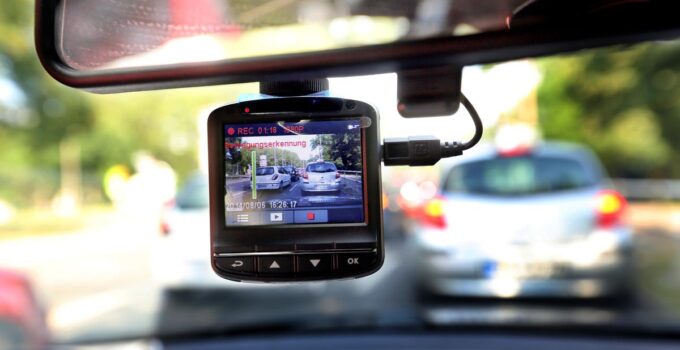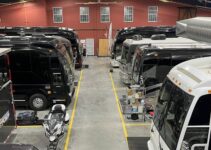For a few decades now, mostly due to the increased amount of safety measures and more traffic on average, a lot of people opted to install cameras in their cars. According to many studies, they help with the reduction of accidents and increase driver safety. There have been tons of videos online of weird and dangerous situations as well as near misses from which people can learn and become better and more careful rivers. All in all, vehicle cameras are quite important and they are a worthy investment no matter who you are, how often you drive, and where you go.
However, they become much more interesting and useful for commercial fleets of vehicles like taxi companies and delivery services. For these kind of collectives whose whole operation depends on the quality of driving service, being at their destination on time, and providing optimal conditions for the passengers and cargo, safety is crucial and it does not come any better than a vehicle camera system.
These systems are not just individual cameras you can get the feed from and exam later. Actually, the system is a combination of software and hardware that minimizes risks and improves the safety of the driver and the vehicle. One or more cameras can be fit onto a single vehicle and they work in unison through a supporting software. Since it uses the internet, live feed can be tracked and improvements of service, safety, and delivery times can take place over time.
If this sounds like something you or your company would benefit from, make sure to read the rest of the article. What is more, in case you want to learn additional information regarding vehicle camera systems and why it is smart to have one, check out what Eyeride.io has to offer.
How to Choose a System?
The best way to choose the right system for your specific needs is to know everything there is about them and them pick the best one for your fleet. In the following section we will tackle all the important questions regarding the basic and most important aspects of fleet cameras.
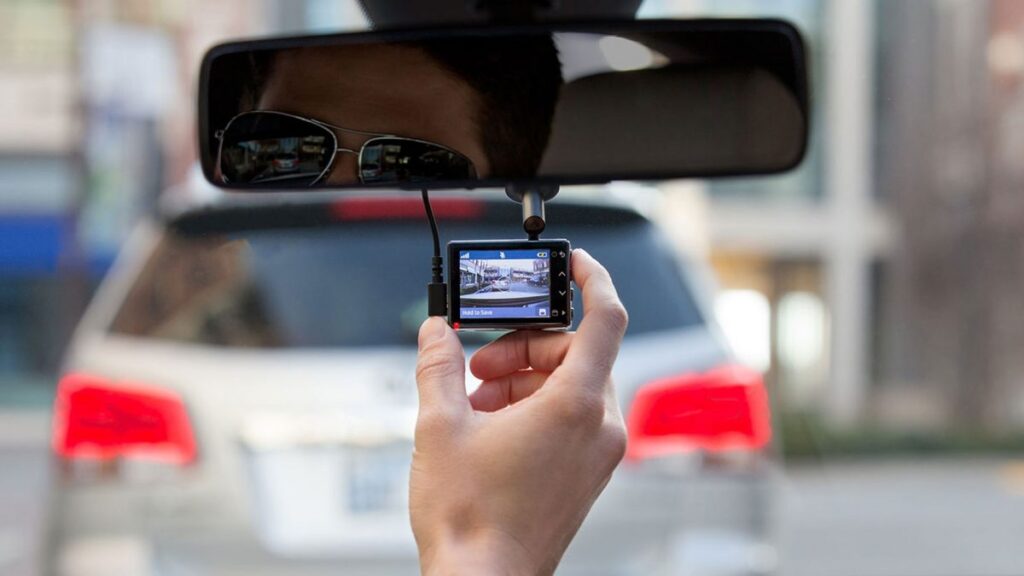
Source: gomechanic.in
Why Do I Need One?
Based on many different reports and studies carried out over the years, camera systems are incredibly useful for fleets. For example, they are capable of lowering driver distraction by as much as 80%. Going over the speed limit is reduced by between 60% and 65%, and collisions are down by 60%. Lastly, such systems help reduce claims by 25%. Something that is still an issue among all drivers is the use of the seat belt. With cameras, when the drivers know they are on tape, seat belt usage is up by 70% which directly increases safety. When all of these parameters come together, it is clear how safer an average driver who is a part of the system really is.
Different Types of Cameras
Since it is a system after all, it means that you will be doing the most only if a vehicle has more than one camera. There is simply too much happening inside and outside of any given vehicle while in traffic, so keeping track of most, if not all of them is important. Therefore, consider the following camera types for your fleet.
1. Forward and rear-facing dash cameras
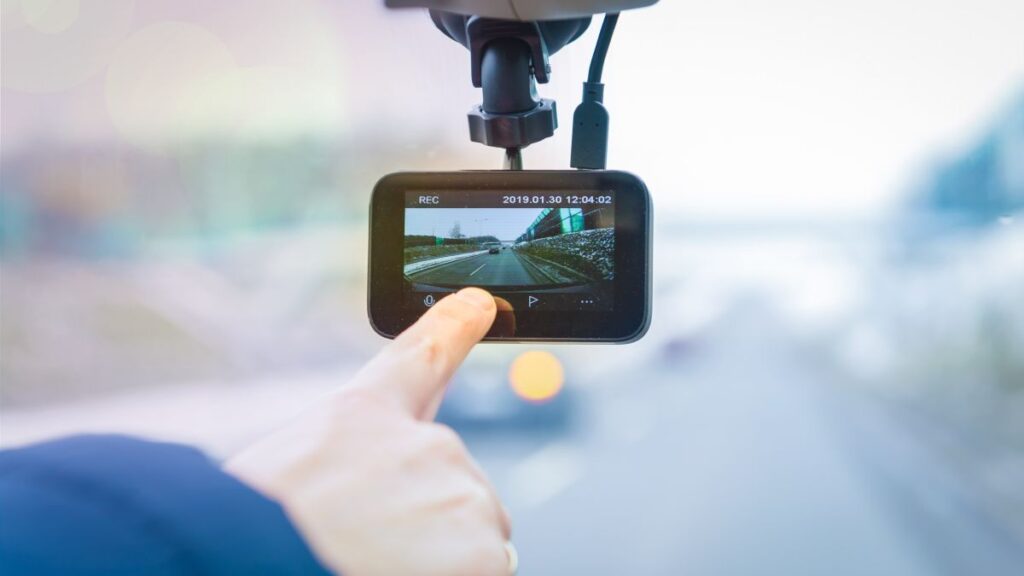
Source: digitalcameraworld.com
These are the most famous and common gadgets when recording one’s driving is the topic of conversation. They look forward, sit on the dashboard and record everything in front. They see everything the driver sees and are among the best possible solutions when there is a need for evidence. A lot can be learned about a situation or the driver’s habits by examining what is in front of them. An alternative in the form of rear facing cameras also exist, which do the same thing but for the rear end of the vehicle. They also help with parking and driving in reverse. Rear end collisions are responsible for almost 50% of all two-vehicle crashes, so both of these cameras are crucial.
2. Dual facing dash cameras
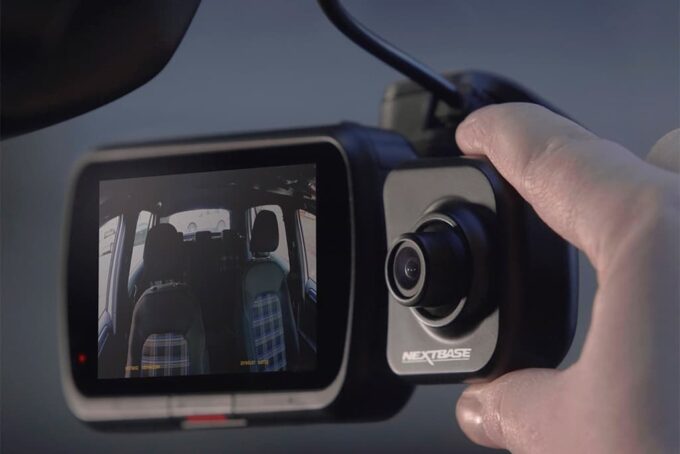
Source: motoring.com.au
Apart from doing everything that the forward facing dash cameras do, dual cams also have another lens in the back of their body. This one faces the driver and captures the activities in the cabin. Such gadgets are important for taxi services and to keep track of seat belts, suspicious activity while driving, and overlooking the state of the driver at all times. Coaching drivers is much easier since you are picking up their behavior and can educate them about it later. Cab footage is as important as outside footage in accidents because it can easily be proven whether or not they are to blame.
3. Exterior Cameras

Source: fleetowner.com
Based on the type of vehicles you generally use, you may only need one of these. If large trucks are what you are running, a few will do the trick. They are capable of 360-degree views of the vehicle’s surroundings and are incredibly useful in all situations. Sideswiping accidents and proving the fault of other members of traffic are made easier if the victim has one of these amazing gadgets installed. If you want total coverage and absolute safety, think about having at least one of these atop your vehicle.
4. Interior Cameras

Source: techspot.com
If you already have a dual facing device installed in the cabin, you may be wondering what else is there to capture. Well, since these are meant for the interior of a vehicle, you can practically install them anywhere you like. This allows you to keep track of the cargo, or even the passengers if you are running a taxi or limo service. They also protect against cargo thefts which have been on the increase in recent years. While your fleet is parked, it is the interior cams that do most of the work in protecting your vehicles thanks to the real-time visibility software.
Features to Pay Attention To
The most important features that your system must have include HD video quality, artificial intelligence, internet connectivity, voice coaching, harsh event detection, night vision, a dedicated mobile app, and a plug-and-play option. Most systems have all of these but it is still important to check. Once you have all of these resources at your disposal, your whole business will run smoother and be far more protected and safe.

